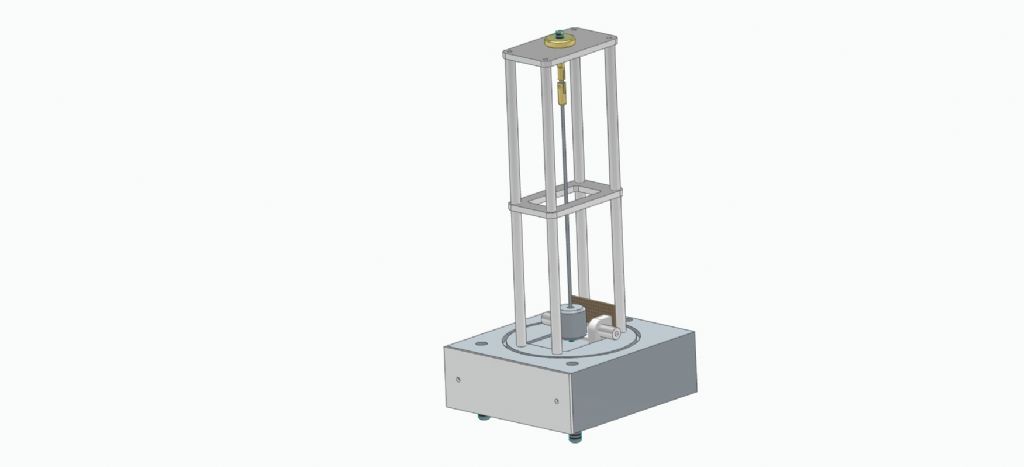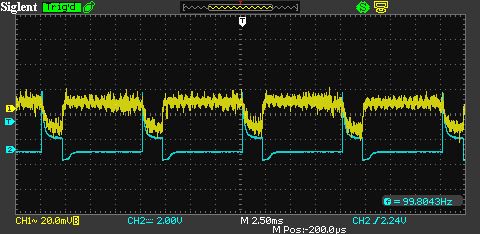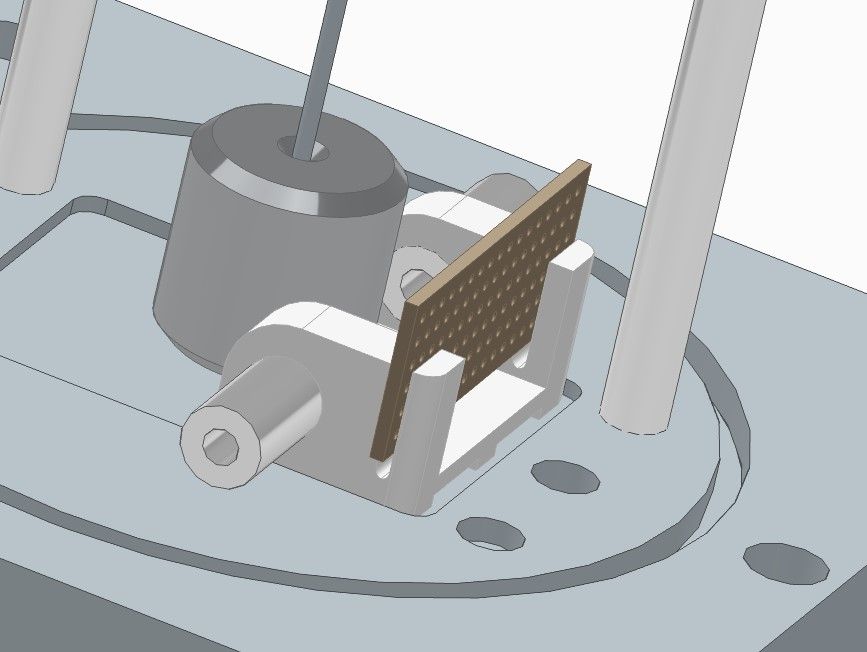Posted by david bennett 8 on 11/03/2023 22:27:09:
…
Have these hi- tech testers been applied to known high performance clocks (such as synchonomes ) in order to see how messy the results look?
I thought Dave was trying for a high performance clock, not a world beater.
…
Yes, but not by me, in various ways, and as far as I know the data isn't available. I've thought of building a John Haine style clock – long rod, heavy pendulum, Helmholz coils, bolted to wall etc, simply so I can measure it for comparative purposes.
I'm certain from reading books that measuring a pendulum accurately reveals 'noise', i.e the period is almost never spot on, but beats scatter more-or-less evenly about an average, or move consistent with environmental change, notably temperature and air-pressure. Many other sources of noise. Vibration due to traffic or seismic activity, the house moving with temperature, and exotics, such as Invar being unstable at the molecular level, or micro-gravitational changes due to ground water moving with the tide.
Although I expect to find noise, I don't have a good measure of how good or bad my clock is relative to better made examples.
I'm aiming for a world beater in the sense I'm comparing my 'made with modern parts' clock with a Shortt-synchronome of 1921. Be good if my clock performed better than a Shortt, but I'm a long way off achieving that!
A more cheerful test result today. A few days ago I reported a laser beam bounced off by tripod detected movement. The tripod was on a dining table, so I repeated the test by putting the tripod on the floor, which is teak parquet on concrete. I also rearranged the beam to amplify movement more. This time I couldn't see any movement in the remote dot.
So, the tripod is stiffer than my dining table. Interesting that a 40g bob swinging about 15mm shakes a two-man lift wooden table! The reason is the table top is sat on four long and relatively wobbly legs.
Dave
John Haine.








